Design & Technology - Wood Joints
1/14
There's no tags or description
Looks like no tags are added yet.
Name | Mastery | Learn | Test | Matching | Spaced |
|---|
No study sessions yet.
15 Terms
Butt Joint
Simple joint for boxes. Usually strengthened with fasteners such as nails and screws or with dowels or blocks.
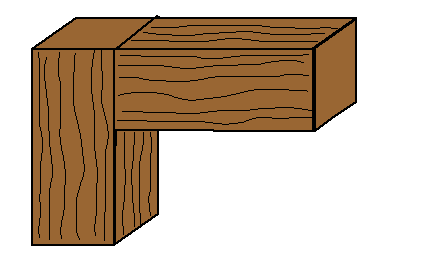
Dovetail Nailing
Butt joint that is strengthened further using criss-cross nailing technique.
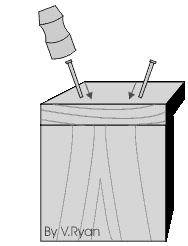
Cross Halving
Used whenever it is necessary to join two pieces of wood that cross over each other. Examples include railing, tables, and chairs.
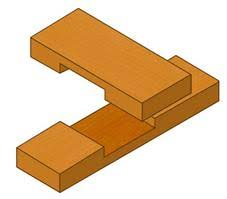
Half Lap / Corner Halving
Can be used where great strength is not required. They are also much easier to mark out and cut.
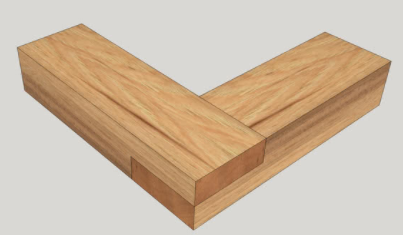
Dovetail Halving
Used when great strength is required. Very difficult to pull apart because of the dovetail shape of one of the pieces. More difficult than a simple tee halving.
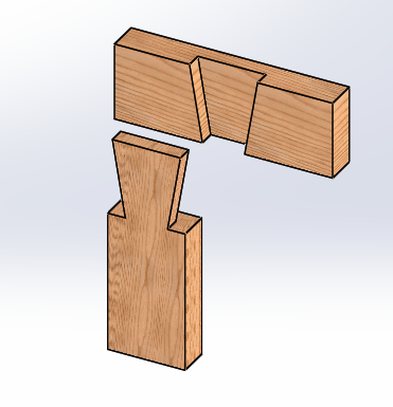
Mitre Joint
Uses a 45° angle. Similar to butt joint and therefore quite weak. Can be strengthened by reinforcement with keys.
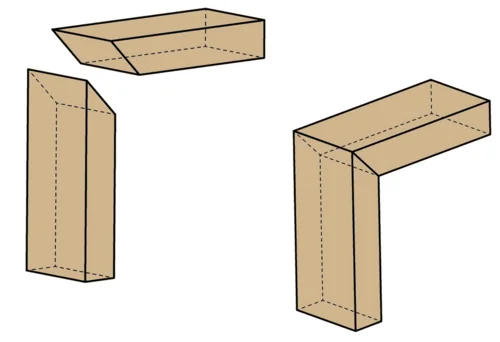
Angled Bridle Joint / Plain Bridle Joint
Used when a light frame is needed and strength is not the main requirement. Example: Picture frame.
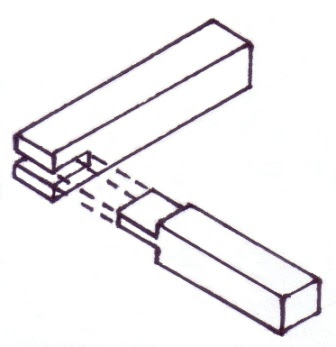
Mortise and Tenon Joint
Very strong when glued together. With enough force, it will eventually break or come loose. Used for tables or cabinets.
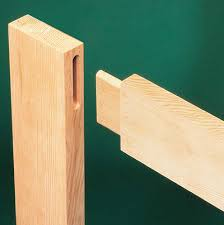
Wedged Mortise and Tenon Joint
Extremely strong because the tenon is wedged at the other side. More difficult to mark out and cut. Requires much more technical skill.
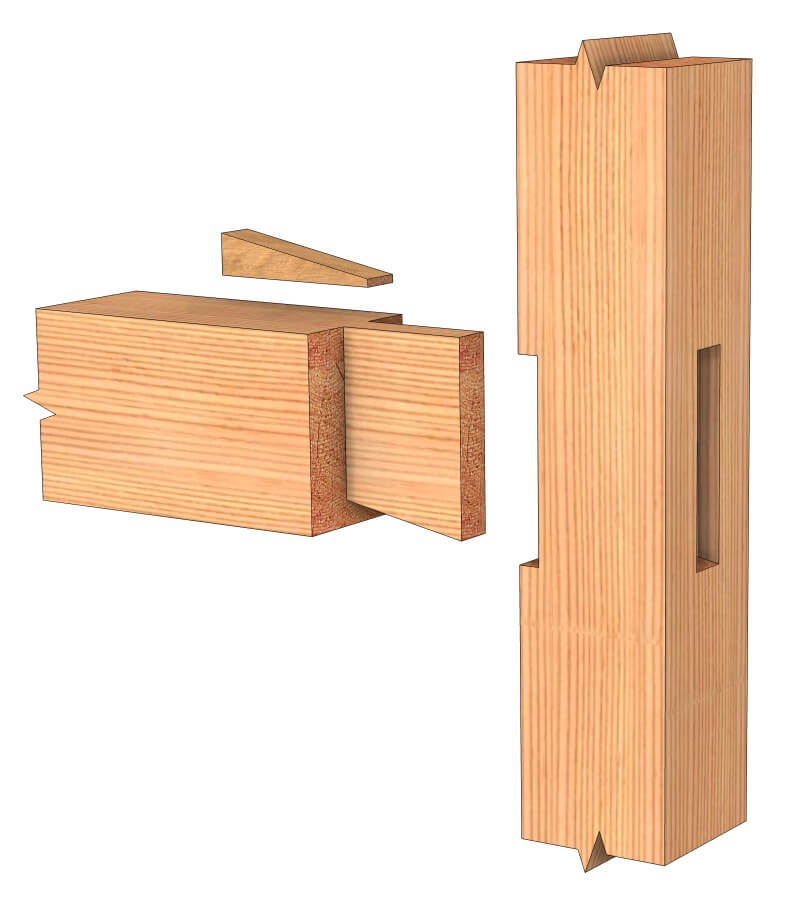
Dowelled Mortise and Tenon Joint
A piece of dowel rod is drilled through. Can withstand great pressure.
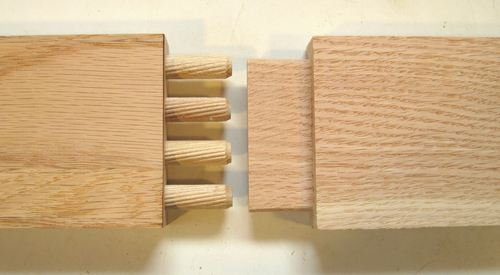
Dowel Joint
Quick, permanent method. Not the strongest method. Example: Modern furniture.
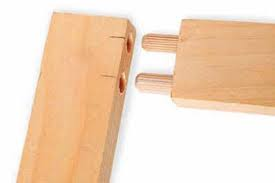
Housing Joint
Also known as housing/trench/dado. Used for shelves and partitions (cabinets/bookcases).
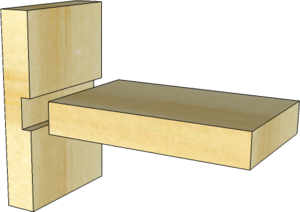
Finger Comb Joint
Ideal for carcase construction. Can be used with natural wood (pine/mahogany) or manmade boards (plywood, MDF).
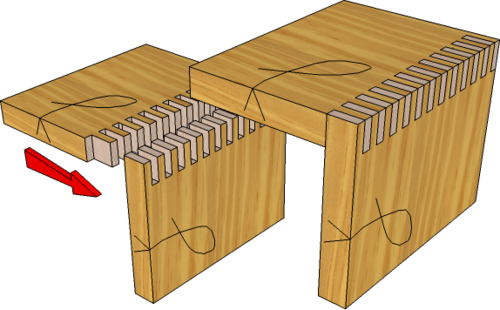
Dovetail Joint
Used where great strength is required. Difficult to pull apart.
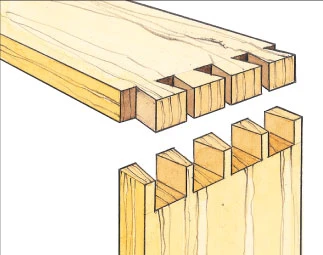
Plastic Corner Block (Knock Down Fitting)
A block is pressed against 2 pieces of wood. Generally used to fit modern cabinets in the kitchen and good for difficult corners.